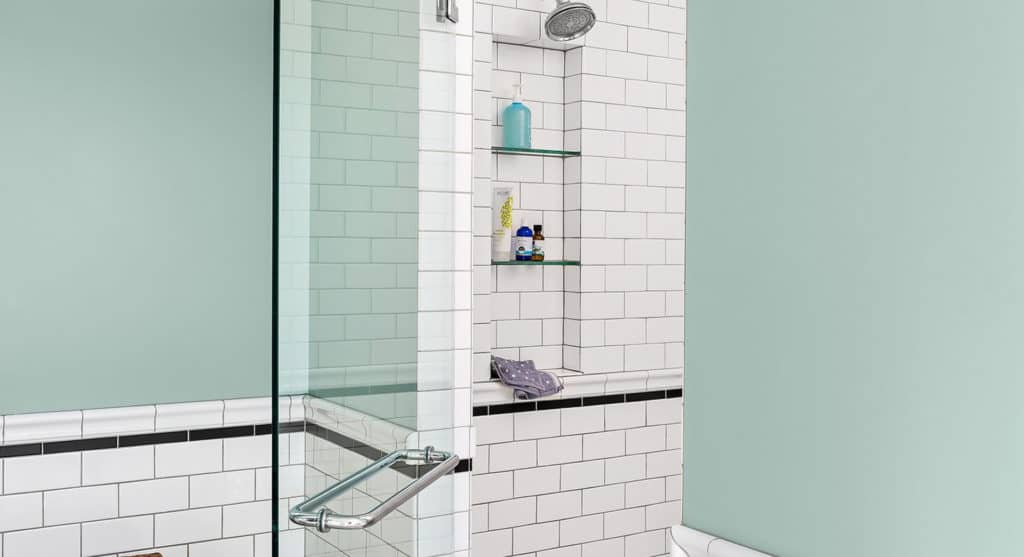Quick analysis on the variety of modern-days tubs and pools
If you’re considering creating and installing a steam room for your sauna, there are some key points you should keep in mind to get the maximum return (and relaxation) from your investment. While going through the steps of a steam room install can be quite daunting, complete design-build firms like Ecotone help the process to be more manageable and enjoyable. Below are a few things to consider during the install of a steam room.
Ceiling Height
One of the first is the ceiling height. Ceilings should be at least 7 feet tall to prevent uncomfortable cooler temperature variations near the floors. It’s also recommended that the ceiling has a slope of at least 3/4th inch per foot. This will help prevent condensation from dripping on the people using the room.
Steam Generator Mount
There should be a designated area where the steam generator can be mounted and it should be specifically chosen to maximize the efficiency of the steam room. This area should provide sufficient space if any elements of the steam generator need to be removed or replaced and protect it from any freezing or moisture. It should also be an area that reduces all potential user contact with the generator. Some ideal location options include under a bench within the steam shower, a nearby closet, a cabinet, basement or attic.
Types of Surfaces
One of the many factors you’ll have to consider when creating a steam room is the surfaces you’ll use. It’s important to select non-porous surfaces like marble, granite and ceramic tiles. While every surface has its pros and cons, it may be helpful to know that tiled steam rooms usually only require a glass steam door and a generator. And if you’re looking for options that are easier to maintain and faster to assemble, then acrylic steam rooms might be the best choice for you.It’s also important to remember that a vapor proof door will be required to prevent the steam from escaping and a floor rain gutter should be placed in the center of the room. We also recommend anti-skid strips on the floor for safety and injury prevention.
Looking for a steam room expert?
Ecotone’s professional steam room designers and builders can help you create the perfect sauna!
Frequency of Steam Room Use
Other considerations to keep in mind is how often a steam room will be used on average. Steam rooms that are used for more than two hours a day need to be vented to the outside. If the natural airflow doesn’t produce the required rate of 10m3 per hour per person, then mechanical extractions are required. Also, steam production will also be significantly reduced if the ambient temperature outside the steam room starts to exceed 86ºF.
Plumbing
The plumbing and electric connections also need to be considered and properly done. This includes a water line to the generator, a steam line from the generator to the steam room, and a drain line. When looking at the plumbing, it’s crucial to make sure that all of the connections have been fixed by a qualified plumber. The same applies to the kind of electrical connections that are being made. The generators being used must be UL listed only and meet all the safety and quality requirements.
Taking relevant precautions for your steam room is extremely important to make your experience safe and comfortable. For the best guidance and care through-out your install, please contact us via email or phone.
- Pre-existing health conditions: a heart condition and abnormalities in breathing are to be evaluated before choosing to partake in a hot yoga session. A history of eating disorders like anorexia nervosa or even diabetes and fainting should also be brought into consideration.
- Hydrating: Water intake is important to replenish salts and electrolytes that are lost in the process of sweating and to make sure you don’t cramp up or faint due to dehydration. So be sure to hydrate yourself during your hot yoga class!
- Tolerance to heat: If one has low tolerance towards heat or gets heat flashes it is probably better to stick to classic yoga.




